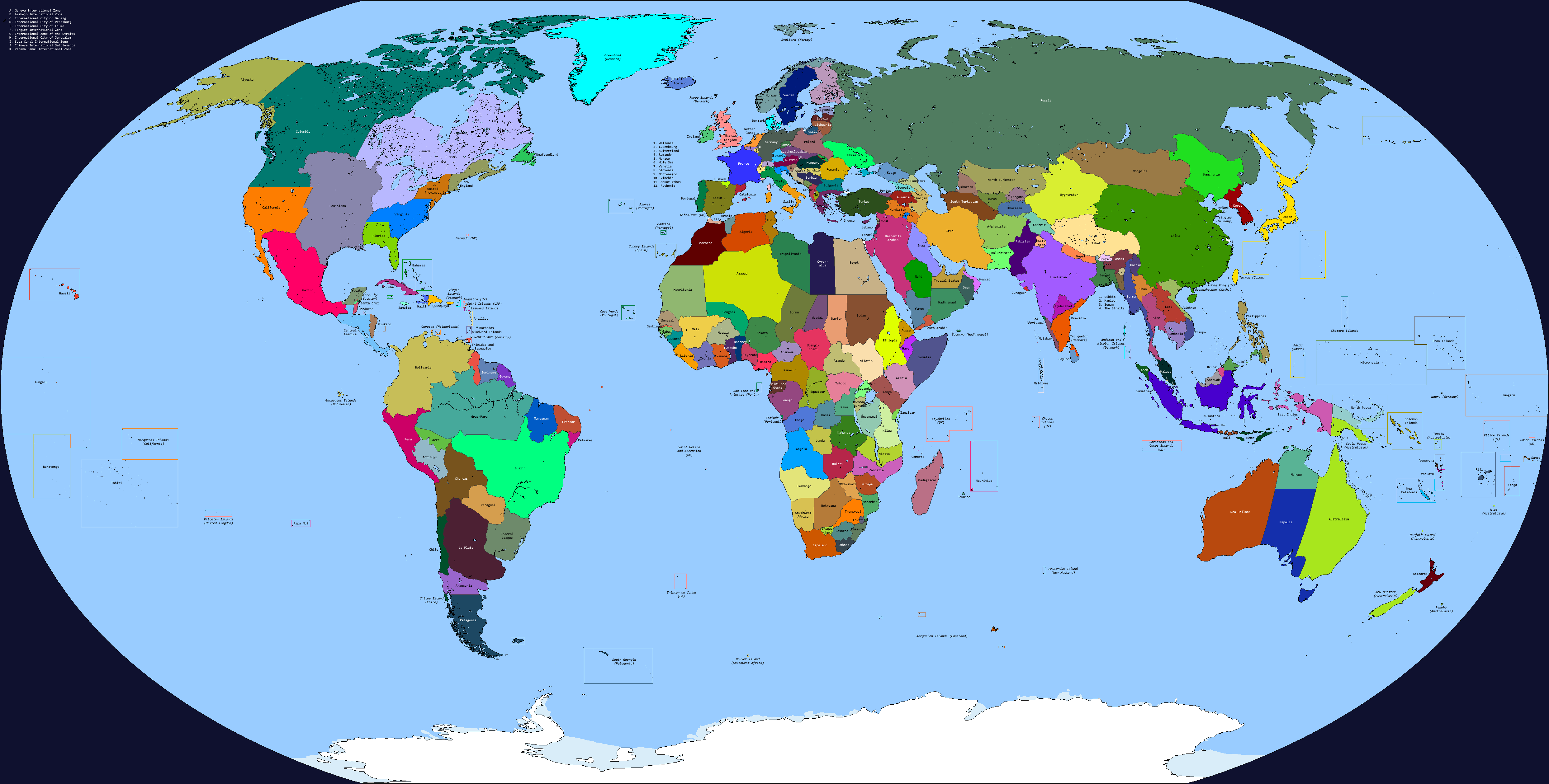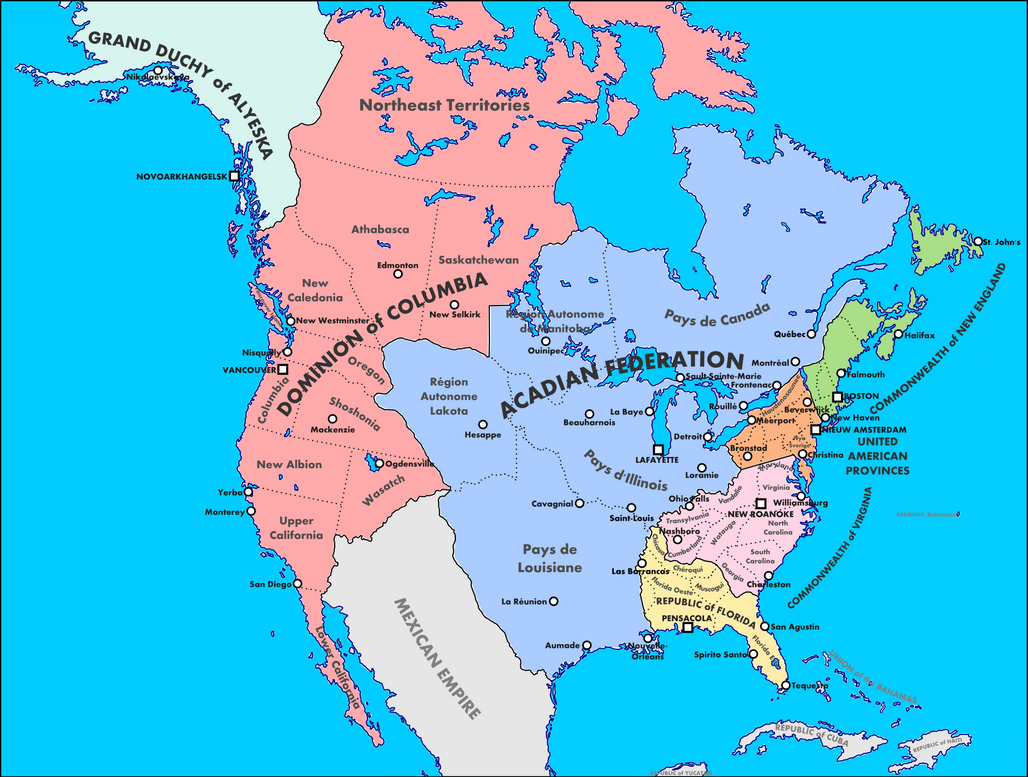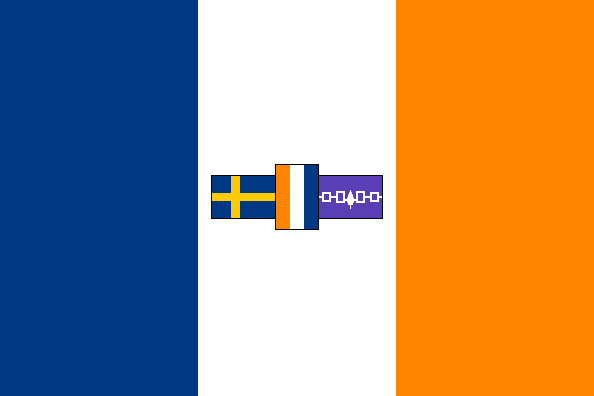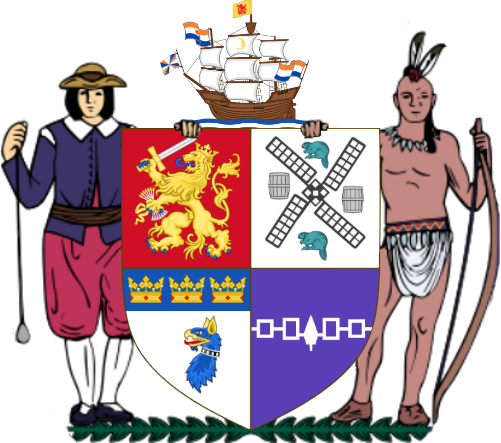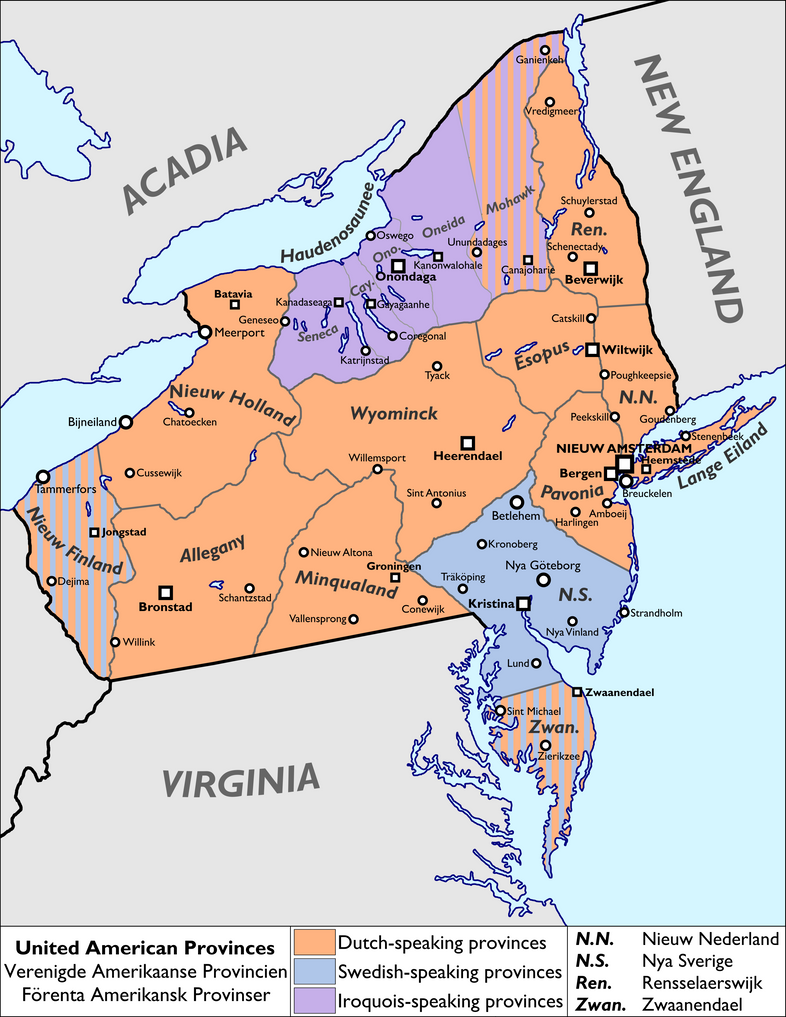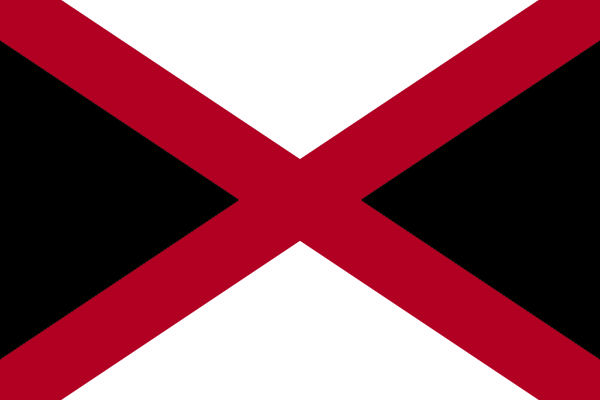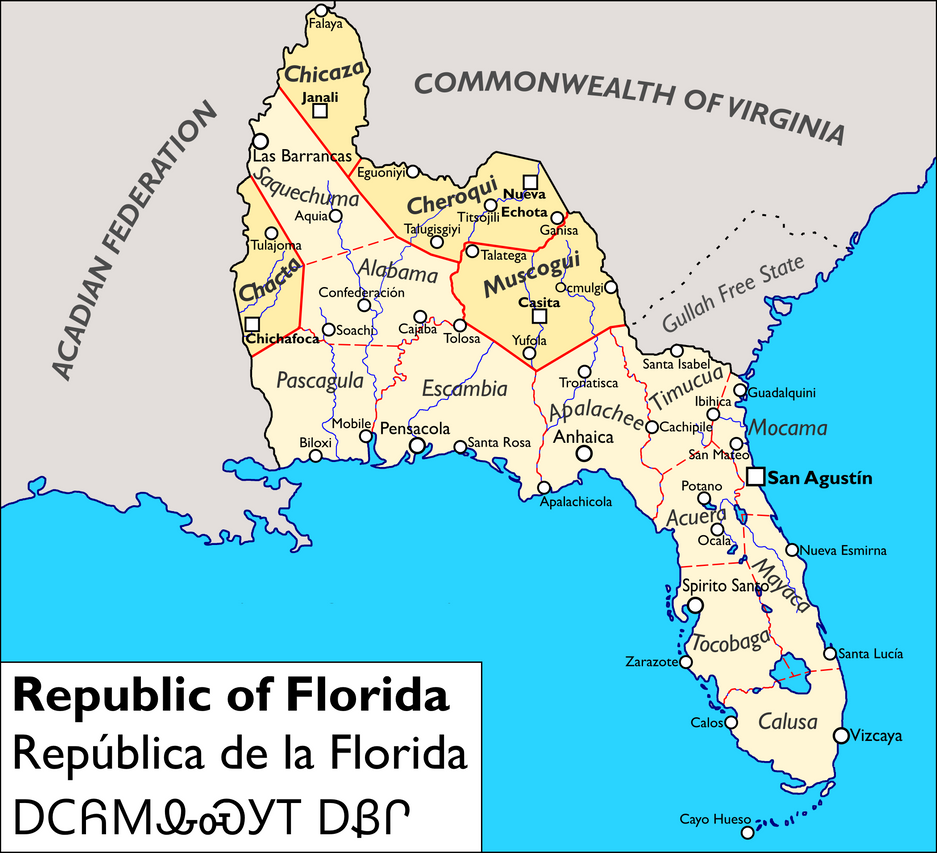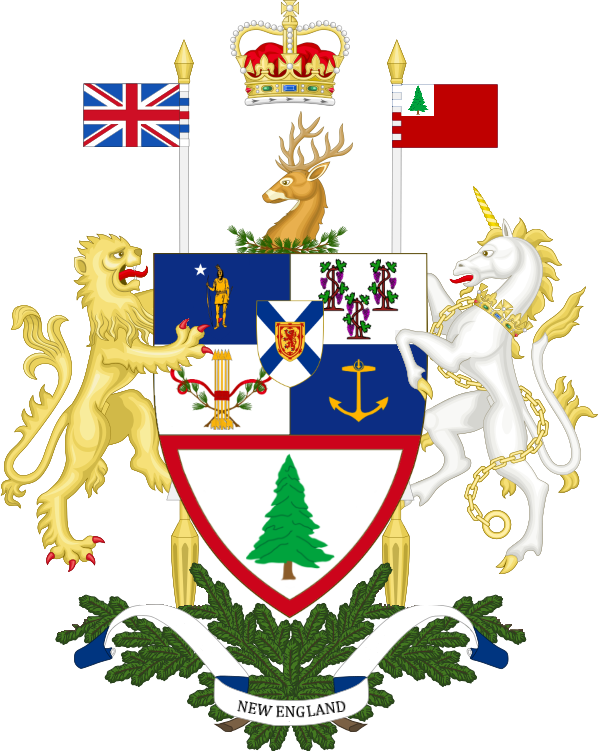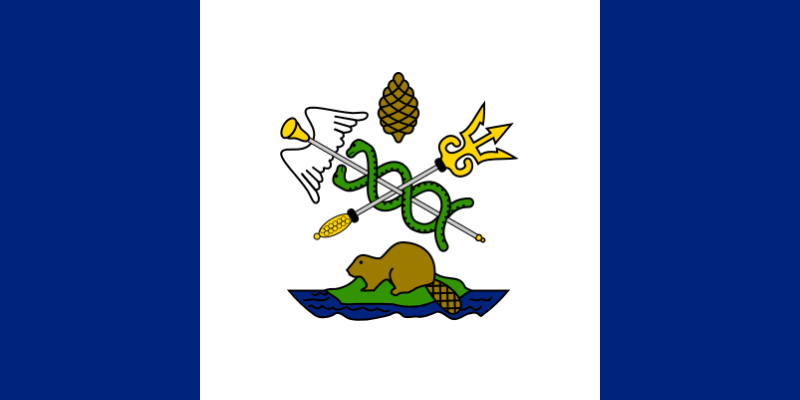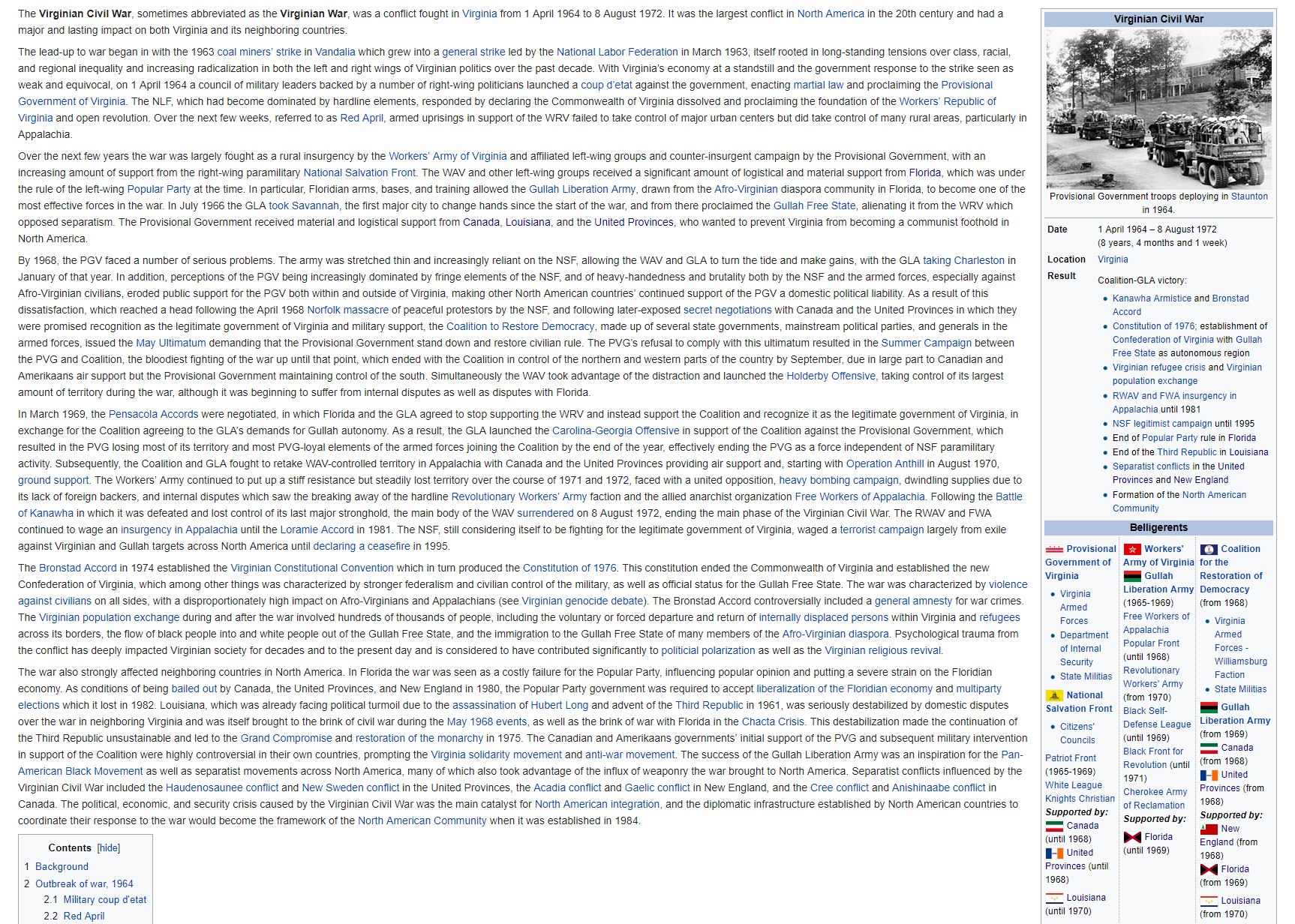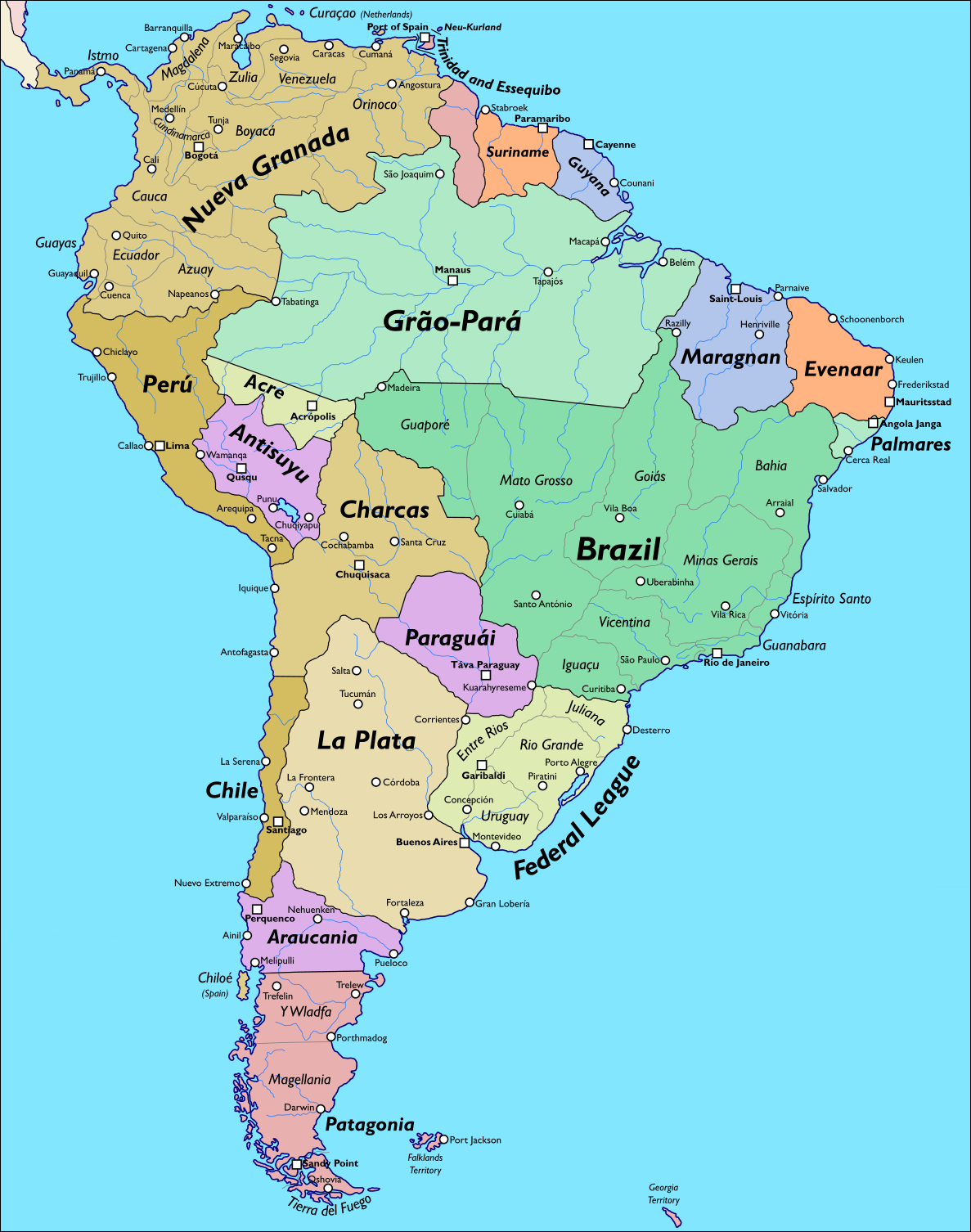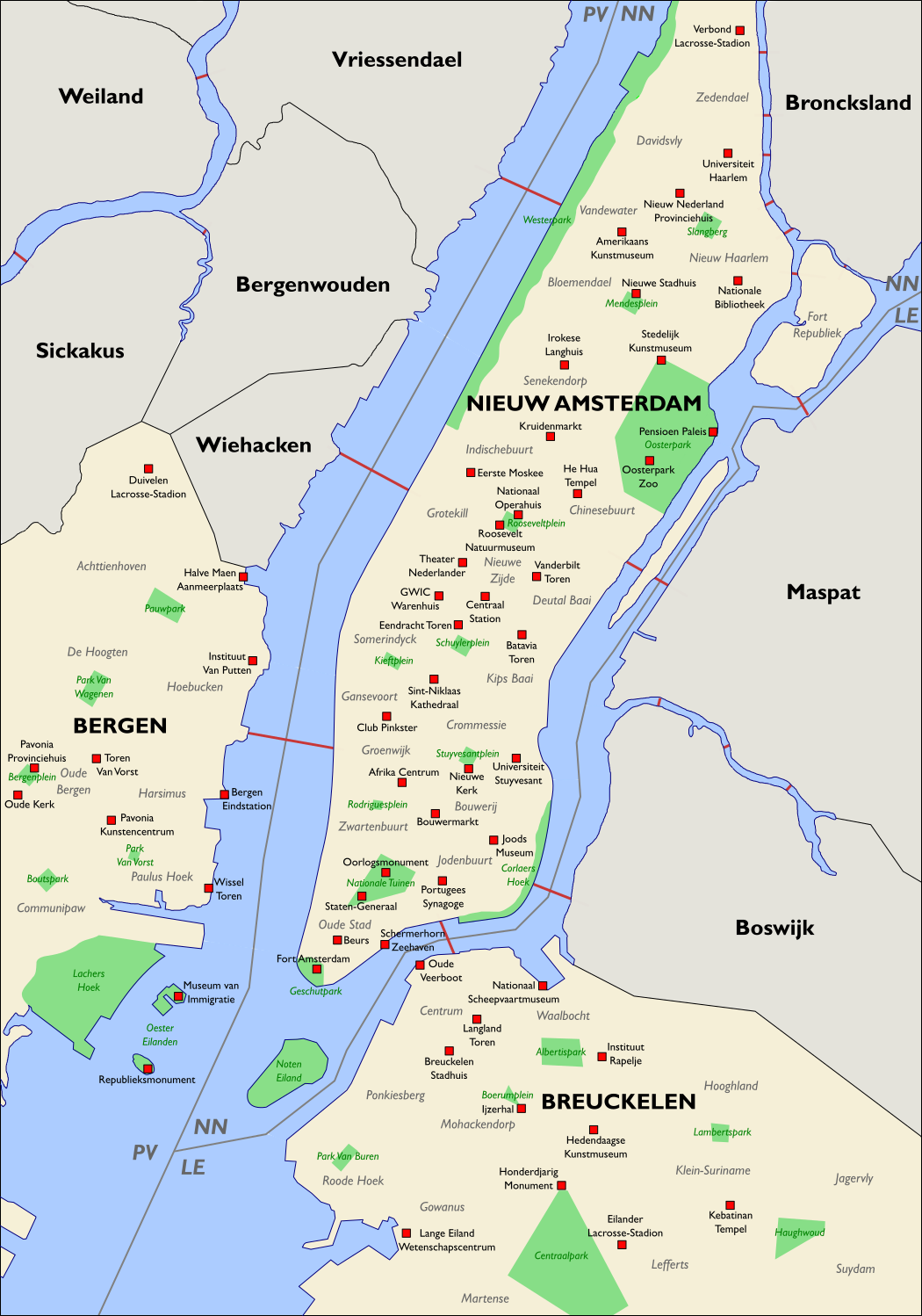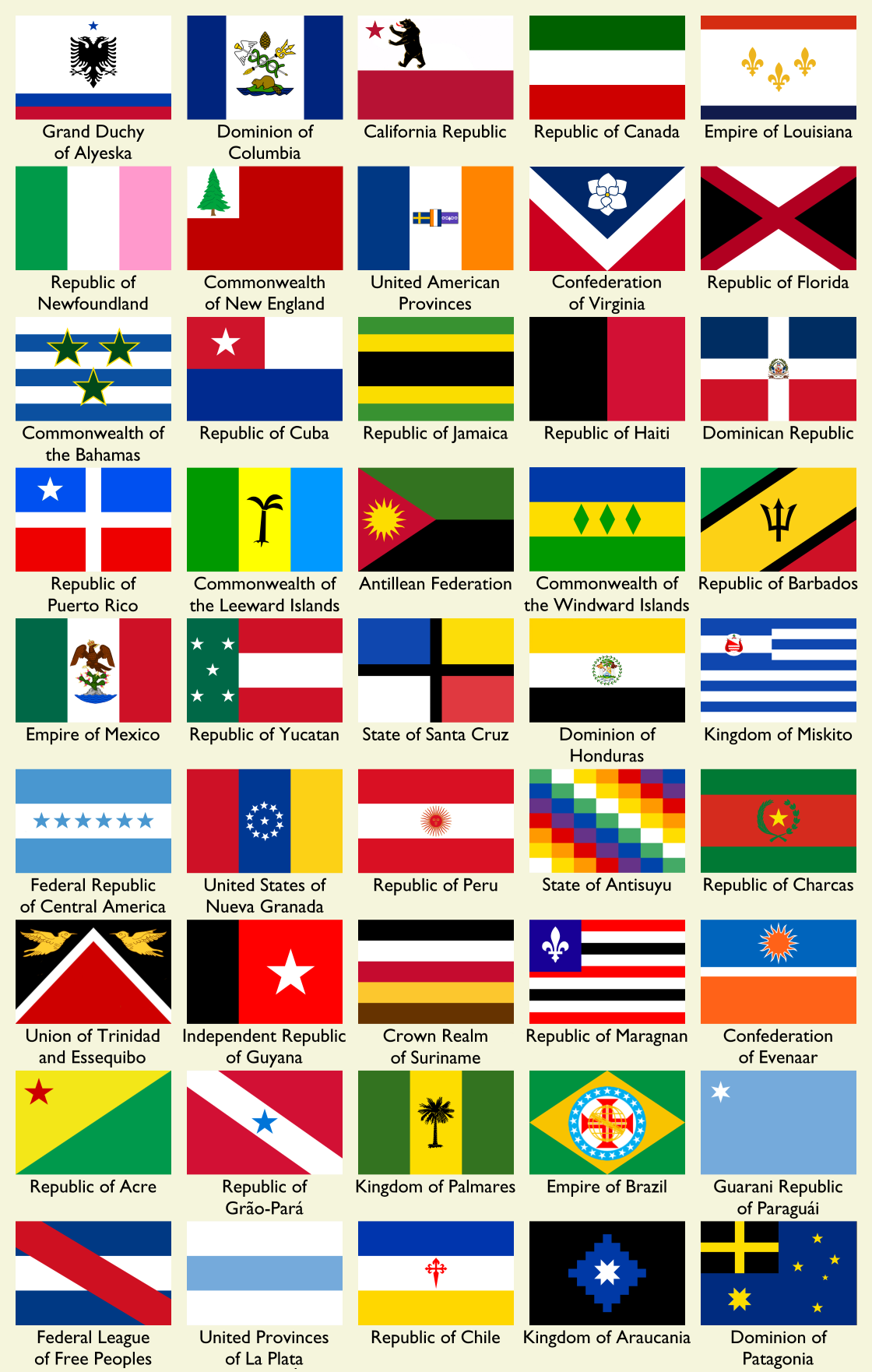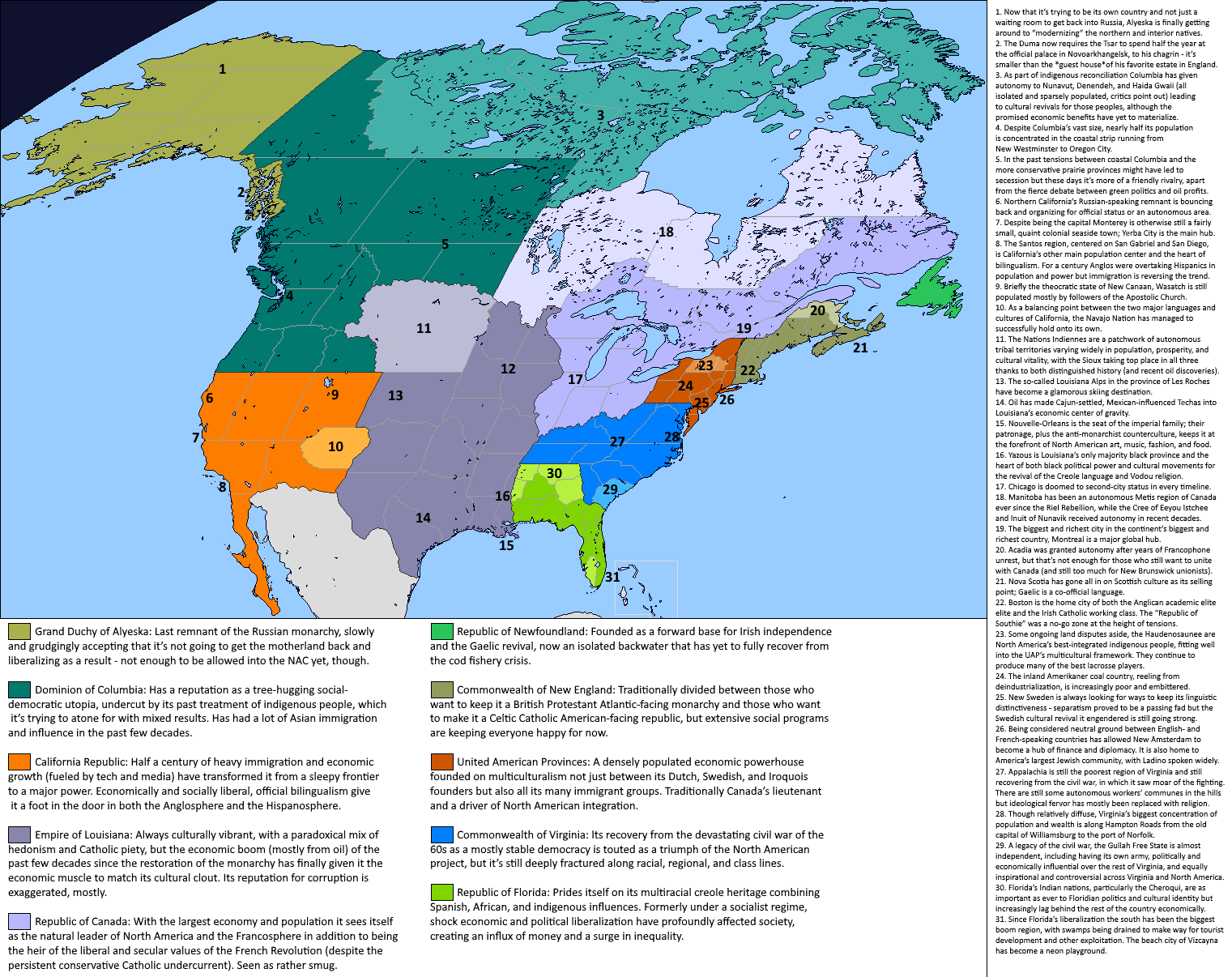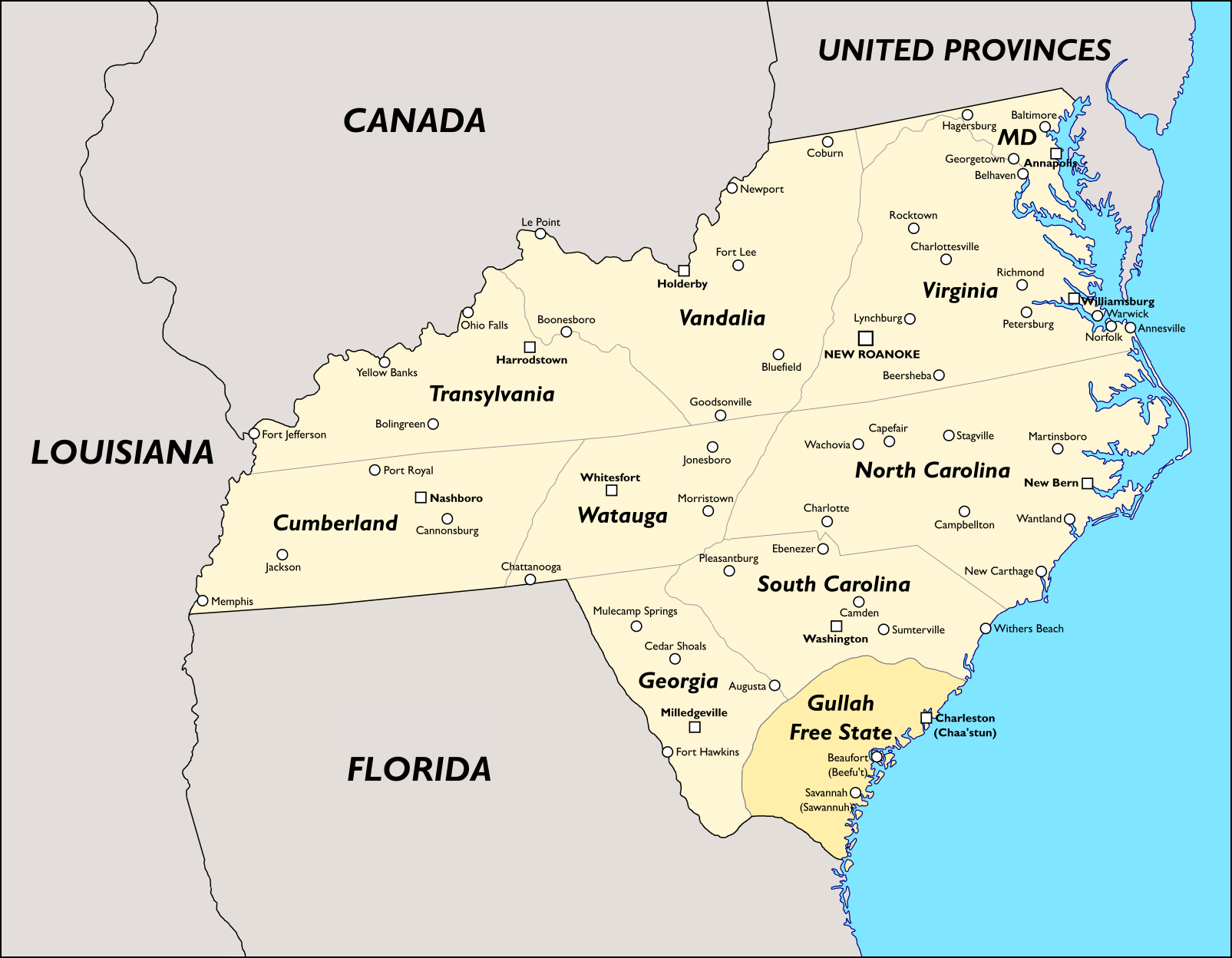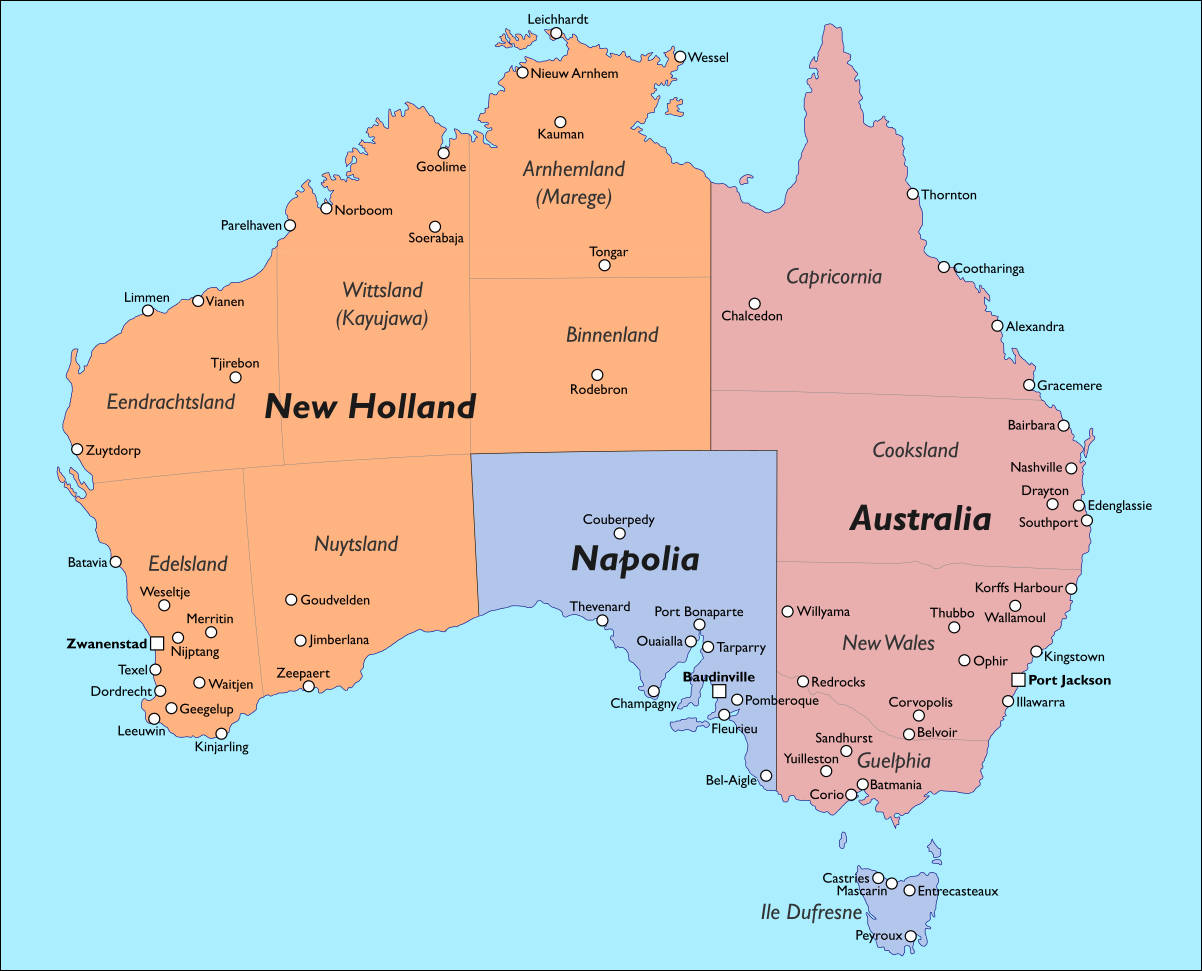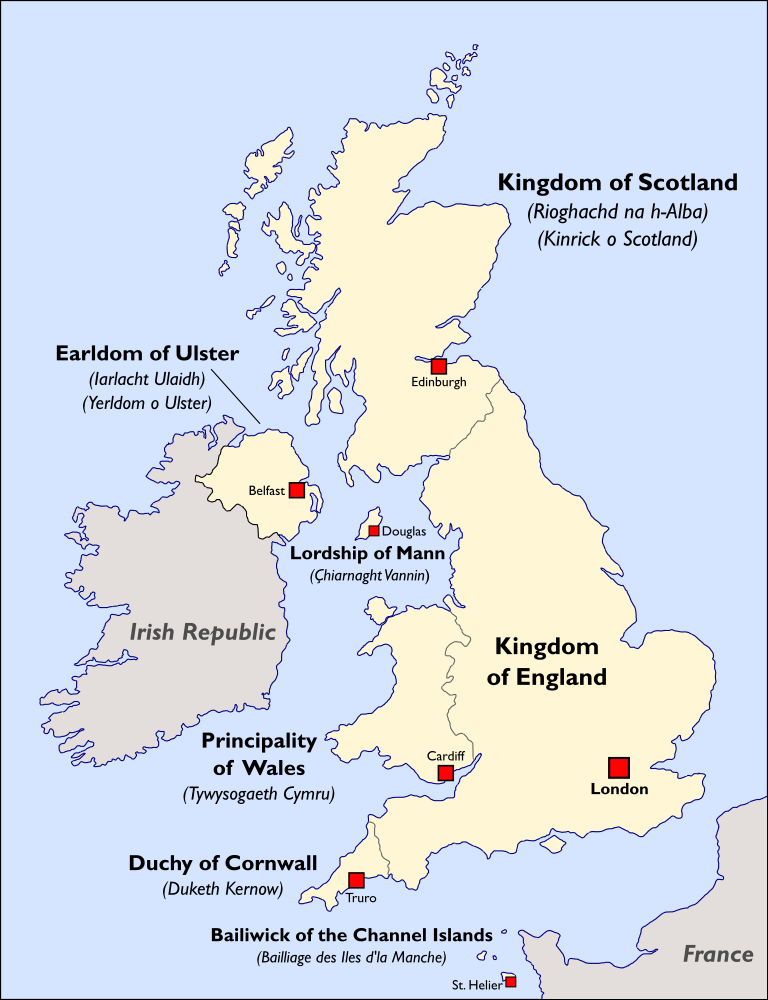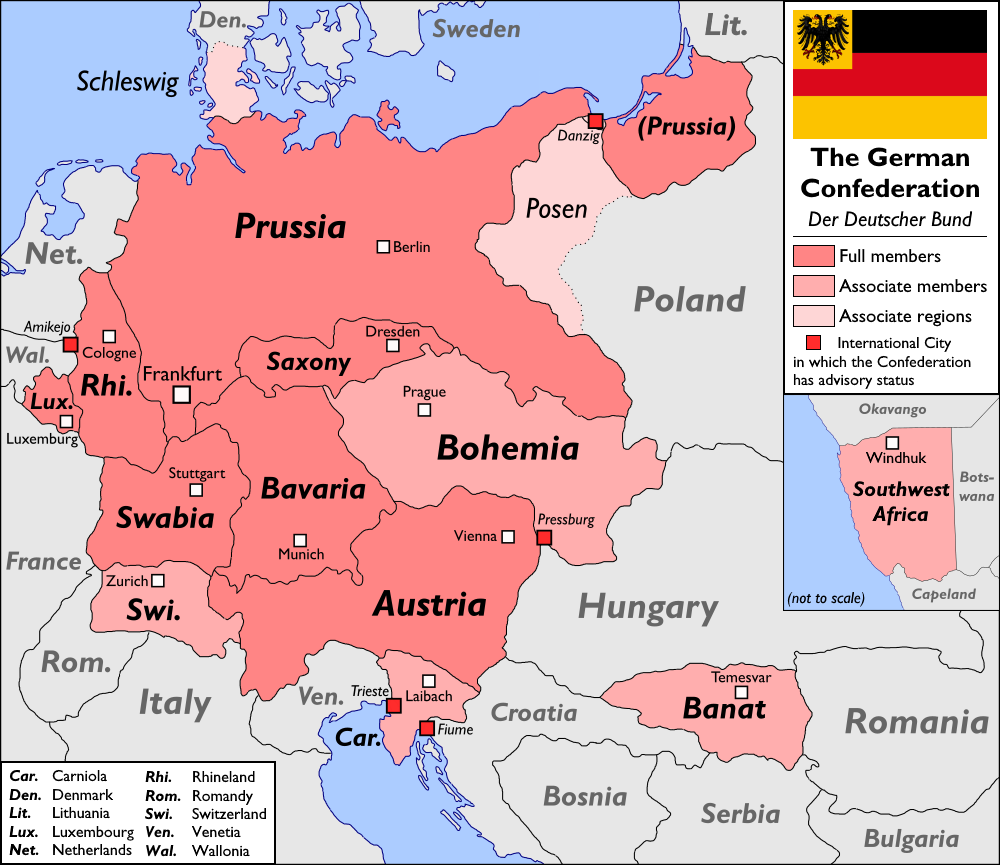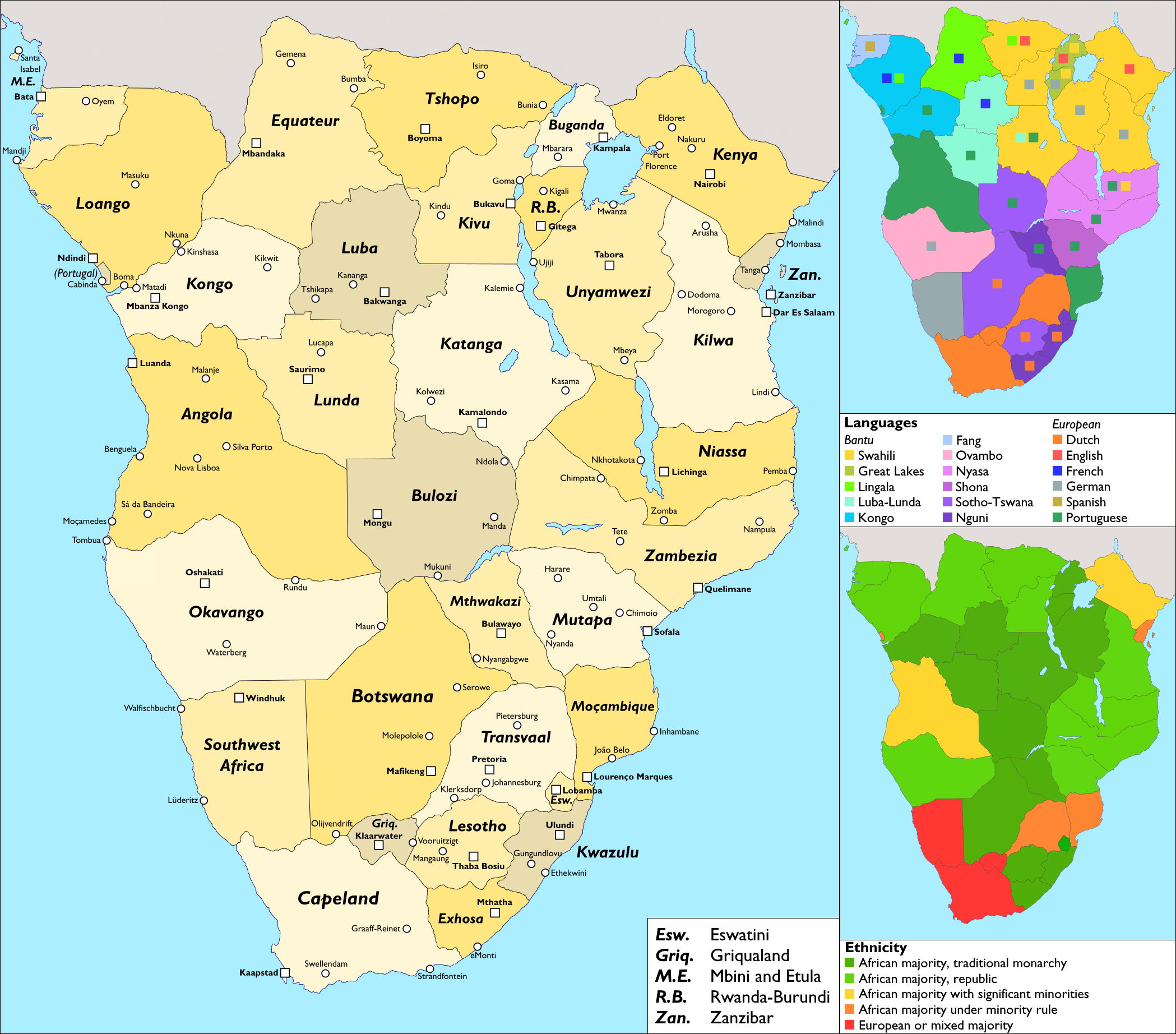And while I'm posting things, I've retroactively decided that the map I made of the Middle East is part of this timeline too (which doesn't *really* make sense with any POD long before WW1 but I'm already standing atop a mountain of dead butterflies so whatever), so here it is!
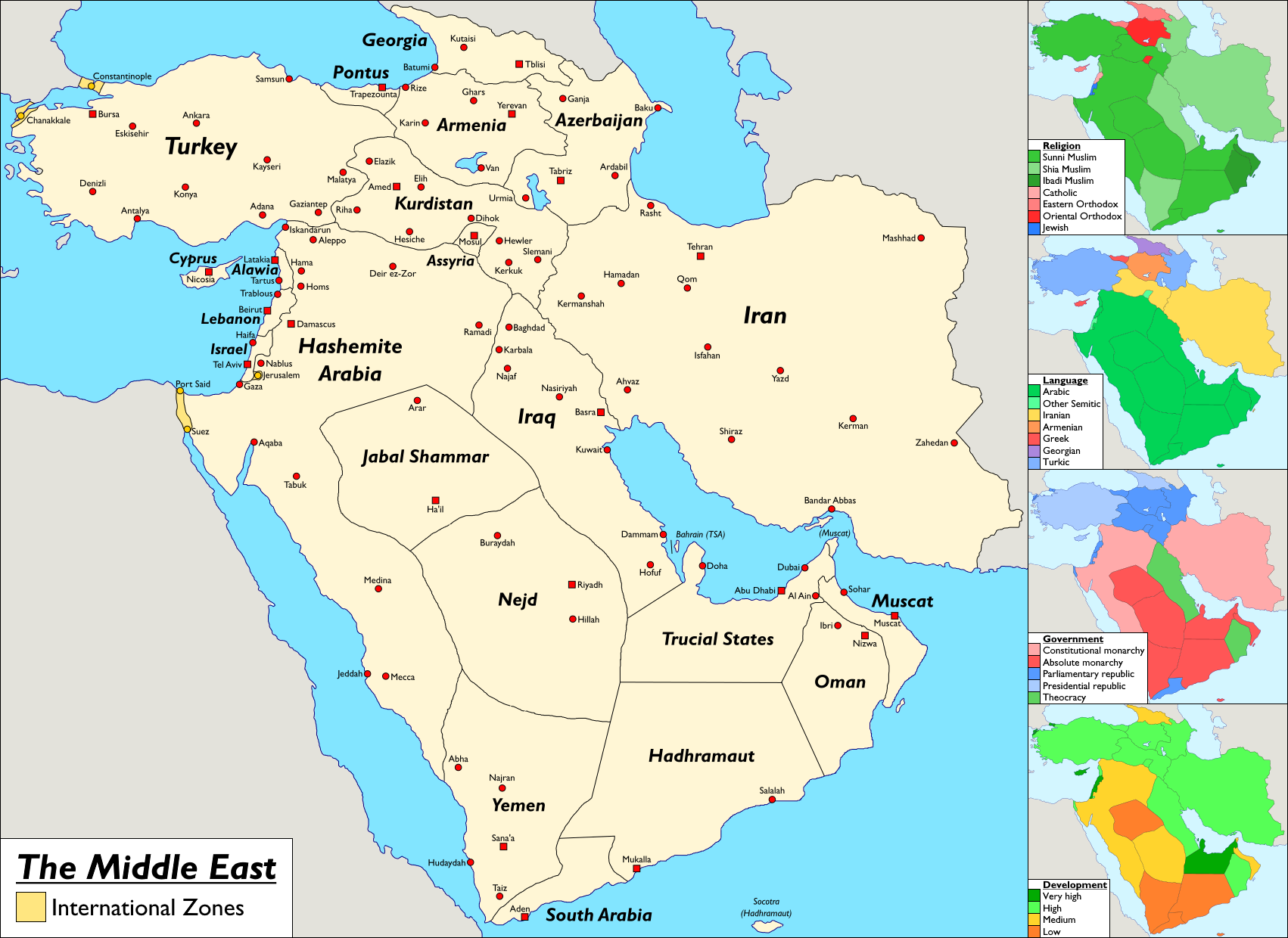
The Ottoman Empire fell to nationalist revolutions by the Armenians, Kurds, Greeks, and Arabs; in the latter case Britain and France agreed to recognize the new monarchy of Hashemite Arabia, located in land they had been intending to colonize, in exchange for its ceding the territories along its Mediterranean coast as zones of influence and homelands for religious minorities - including one for the Jews, thus allowing Jewish migration and statehood to occur relatively peacefully. With no real Arab-Israeli conflict, less of a feeling of betrayal or anger at the West, and a strong Arab nation-state existing in the form of Hashemite Arabia, Nasser-style left-wing Arab nationalism never really took off, resulting in less internal political conflict in Arab countries and more Arab monarchies remaining in place.
A notable exception is Iraq, originally carved out by the British as a protectorate and granted to the Sunni al-Sabah dynasty of Kuwait who ruled over the Shia majority. Sectarian dissatisfaction resulted in a revolution overthrowing the monarchy and replacing it with a theocratic Islamic Republic supervised by Shia clerics, which fought a series of wars with Iran, Nejd, and the Trucial States in which each side tried and failed to claim the other's territory (Shia-majority Bahrain and Arab-majority Khuzestan for Iraq, access to the gulf coast for Nejd) and to change the other's government (Iran to restore the Iraqi monarchy, Iraq to replace Iran's increasingly secular monarchy - and while this was unsuccessful the pressure of the war did result in the Shah accepting democratizing reforms and Iran becoming a properly constitutional monarchy). Iraq remained a pariah state for several decades although in recent years relations have mostly normalized and Iraq has been allowed to rejoin the Middle Eastern community.
With the Saudis limited to Nejd, Wahhabism never became nearly as influential and religious extremism is much less widespread. On the other Ibadism has become more influential with the Imams of Oman retaining their independence from the Sultans of Muscat - and therefore retaining control over their oilfields. The Saudis' leading position on the Arabian peninsula has been taken by the Trucial States of Arabia, a fabulously wealthy league of oil-producing emirates such as Abu Dhabi and Qatar on the Gulf Coast, which exerts influence over the much poorer monarchies to its south and east. The Federation of South Arabia - essentially Aden and its hinterland - maintains strong ties with Britain.
Israel and Lebanon have likewise maintained strong ties to their former protectors in both Europe and Hashemite Arabia and are known for being diverse and prosperous democracies rather than being defined by conflict (Alawia has tended to lag slightly behind economically and has spent much of its time under strongman rule). Israel, despite tensions with the Arab minority, enjoys good relations with its neighbors (many of whom still have native Mizrahi Jewish populations). Due to the lack of a Palestinian refugee influx, Lebanon, while often chaotic, stayed just stable enough to avoid civil war and remain the "Paris of the Middle East". Hashemite Arabia has modernized and democratized in fits and starts and despite social, economic, and regional tensions through its history remains a center of the Arab and Islamic worlds, as the protector of the holy cities and self-proclaimed nation-state of the Arab people.
The patchwork of nation-states to the north of the Arab lands spent much of the middle of the twentieth century fighting ethnic-inspired border wars against each other as well as civil wars against various insurgencies but have stabilized since then. Turkey is still the largest and strongest of them, but still quite a bit weaker than in OTL, and with the Kemalists having lost the War of Independence, Turkey has no particular history of Western-facing secular nationalism or European aspirations.
Several areas are under international control, such as the International Straits Zone including Istanbul/Constantinople (smaller but more religiously and ethnically diverse than OTL) left over from the Ottoman collapse, the "corpus separatum" of the International City of Jerusalem (including Bethlehem) governed jointly by representatives of each of its three religions under international supervision, and the International Suez Canal Zone created as a result of the Sinai War between Egypt and Hashemite Arabia.
